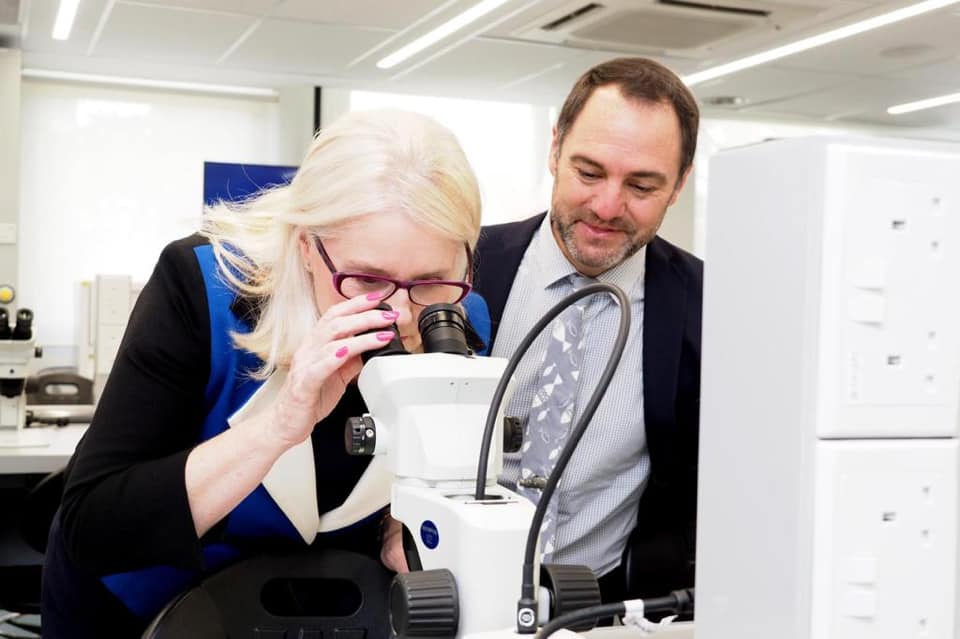Australian companies face five key barriers to unlocking value in innovation in a new report from the CSIRO.
Talking to private and public sector leaders, the Value of science and technology report by the CSIRO Futures team, identified a range of issues, including declining investment in innovation – despite the push into tackling Covid-19 in 2020 – as well as the poor commercialisation of research, the skills gap and wariness of new technologies.
CSIRO Futures Lead Economist Dr Katherine Wynn said there needs to be a concerted effort to tackle this issues if Australia wants to emerge strong from the pandemic.
“Science and technology have always played a key role in supporting Australia’s growth and productivity, with examples in this report like Cochlear hearing implants, Google Maps, canola for biofuel, PERC solar cells, and x-ray crystallography,” she said.
“But as investment in innovation has dropped in recent years, we’ve seen our economy start to slow and weaken, and now we’ve been hit with COVID-19, so science and technology are more critical than ever.
“If businesses act now, there are plenty of opportunities to enhance how they navigate the innovation cycle and realise greater value from their investments, including improved productivity, protection from market shocks, stronger international competitiveness, and social and environmental benefits.”
The five barriers identified in the report are:
- Declining innovation investment: Business investment in innovation has declined 30 per cent in the past decade as businesses seek long-term clarity on what to invest in and are instead investing smaller amounts on shorter-term goals.
- Poor research commercialisation: While Australia is home to world-class researchers, we struggle to commercialise breakthroughs in the lab into innovative products in market, exacerbated by a cultural aversion to risk and low collaboration between research and industry.
- Skills gap: Australian education is high quality by international standards, but we don’t have a culture of ongoing training for employees outside of formal education.
- Resistant to overseas ideas: Businesses invest in keeping up with competitors in Australia, but rarely keep up with overseas competitors, placing us behind them on customer value and productivity gains.
- Wariness of new technologies: Investing in innovation can be seen as the road to automating jobs, widening the gap between the most profitable and least profitable businesses, and resulting in big royalties for a few but bigger losses for others.
The good news is the report also offers several solutions to assist companies, especially in the private sector
They include:
- Mission-led innovation: By forming collaborative coalitions of business, research and government partners around common challenges, investment can be shared, aligned, and for the long term. For example, CSIRO has recently launched a portfolio of proposed missions.
- Dismantling siloes and building networks: By building stronger connections between researchers, entrepreneurs, business, investors, and education providers, ideas can be moved more easily from the lab bench to the customer, and skills can be developed in the process.
- Collaborate to compete: Looking beyond borders, there is value to be captured by focusing on international collaboration to remain competitive, while also focusing our national resources around areas of unique value and global differentiation.
The Value of science and technology report can be downloaded here.




















Trending
Daily startup news and insights, delivered to your inbox.